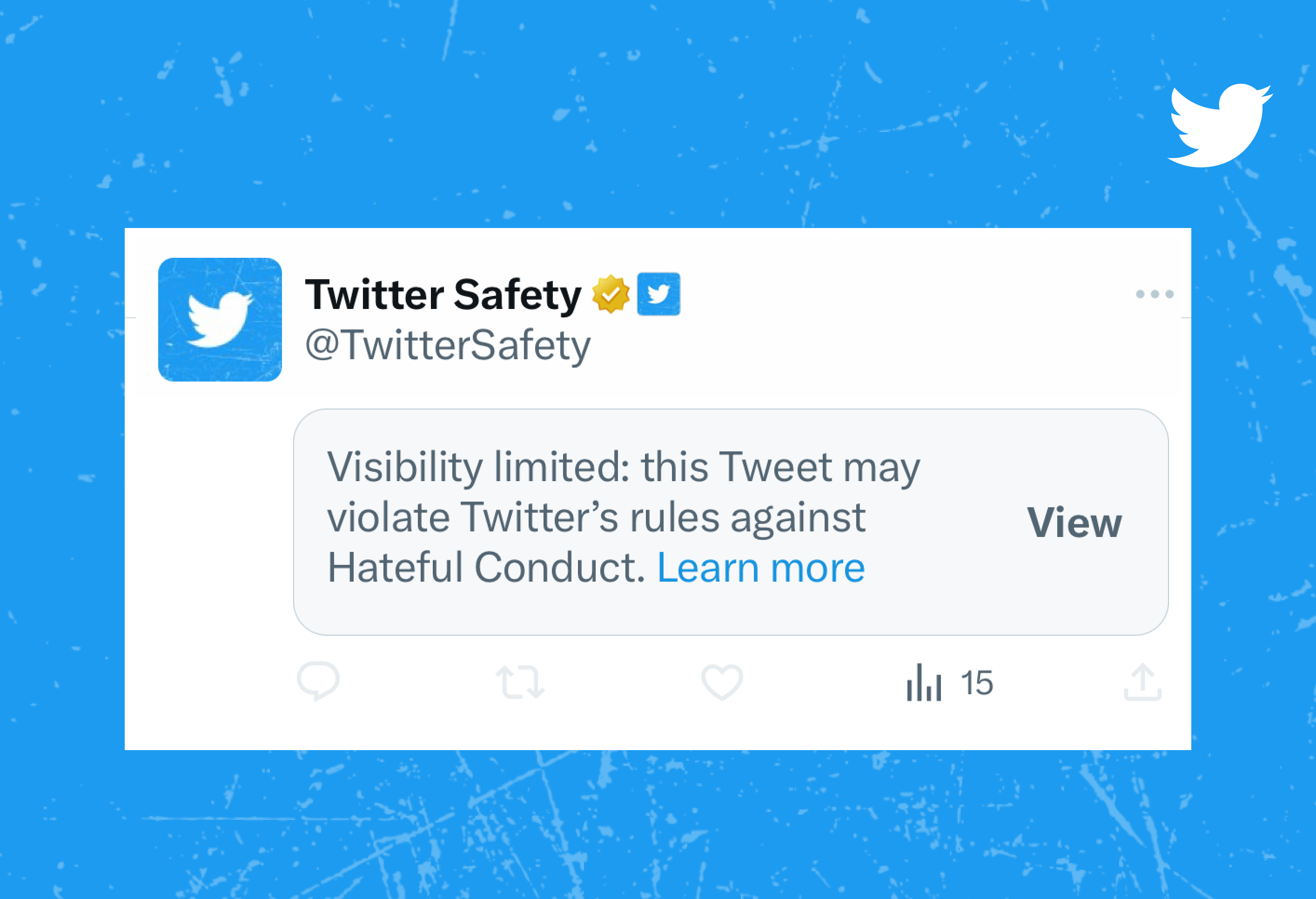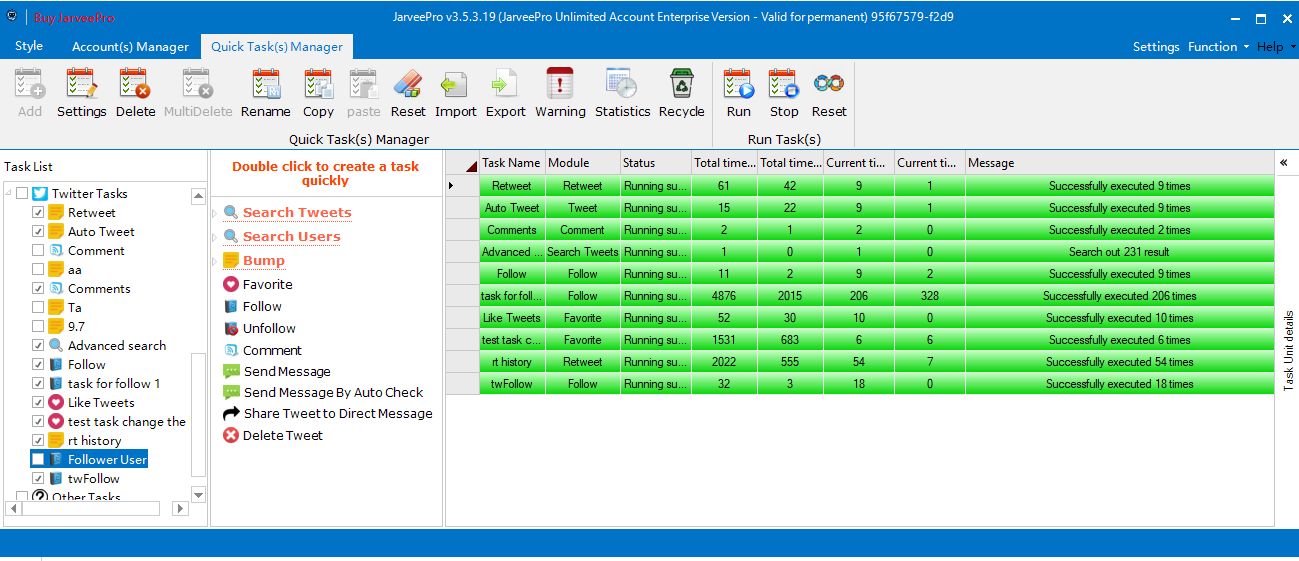Understanding Twitter "Rate Limits" in 2023
Everything About Twitter Limits in 2023
Twitter imposes certain action limits to prevent spam and maintain a healthy user experience on the platform. If you want to boost engagement, drive traffic to your site, and build brand awareness, you need to know all the Twitter limits in 2023.
Here are some general guidelines regarding Twitter's action limits
Why have limits?

Having limits on Twitter account actions serves several important purposes:
Reliability: Limits help alleviate strain on Twitter's infrastructure by preventing excessive activity that can lead to downtime or errors. By setting limits, Twitter can ensure a more stable and reliable experience for all users.
Preventing spam and abuse: Limits are in place to discourage and prevent spamming and abusive behavior on the platform. By restricting the number of actions users can take within a certain timeframe, Twitter can mitigate the impact of automated or excessive activity that may disrupt the user experience or violate their policies.
Ensuring fair usage: Limits promote fair usage of the platform by preventing users from monopolizing resources or engaging in aggressive following or messaging behaviors. They encourage users to engage in a more balanced and respectful manner.
Current Twitter limits
The current technical limits for accounts are:
- Direct Messages (daily): The limit is 500 messages sent per day.
- Tweets: 2,400 per day. The daily update limit is further broken down into smaller limits for semi-hourly intervals. Retweets are counted as Tweets.
- Changes to account email: 4 per hour.
- Following (daily): The technical follow limit is 400 per day. Please note that this is a technical account limit only, and there are additional rules prohibiting aggressive following behavior.
- Following (account-based): Once an account is following 5,000 other accounts, additional follow attempts are limited by account-specific ratios.
These limits include actions from all devices, including web, mobile, phone, API, etc. API requests from all third-party applications are tracked against the hourly API limit. People who use multiple third-party applications with their account will therefore reach the API limit more quickly.
These limits may be temporarily reduced during periods of heavy site usage. In such cases, we will post an update on the Twitter status site.
What happens if I hit a limit?
If you reach a limit on Twitter, you will receive an error message specifying the particular limit you have exceeded. The error message will indicate which action limit you've hit, such as the number of direct messages, tweets, or API requests.
For time-based limits, such as the daily limits for direct messages, tweets, and changes to account email, you will be able to try again after the designated time limit has elapsed. This means that once the time period specified in the error message has passed, you can resume the action that triggered the limit.
For example, if you hit the tweet limit of 2,400 updates per day, Twitter breaks this limit down into semi-hourly intervals. If you reach the limit within a specific semi-hourly interval, you will need to wait until the next interval begins to continue tweeting. Once the limit period for that interval has elapsed, you can try again and tweet within the allowed limit.
It's important to note that continuously hitting and exceeding limits may result in more severe consequences, such as temporary or permanent restrictions on your account. Therefore, it's advisable to stay within the prescribed limits and adhere to Twitter's guidelines to ensure a positive and compliant experience on the platform.
How to Avoid Being Banned While Skyrocketing Your Twitter Marketing
Using social media management tools like JarveePro can indeed help schedule posts and utilize intervals effectively to avoid account restrictions or bans. JarveePro, along with other similar tools, offers features that allow users to plan and automate their Twitter content at optimal times for engagement.

Determining the best time to post on Twitter can vary depending on your specific audience and industry. While research suggests that 8 a.m. Pacific time on Mondays and Thursdays can be favorable for engagement, it's important to consider the global nature of Twitter and the diverse time zones of your audience.
To discover your own best posting times, experimenting with different posting intervals and analyzing the engagement metrics can provide valuable insights. By retweeting your best content at various times throughout the day, you can observe when you receive the most traction in terms of likes, retweets, and replies. This data can guide your scheduling strategy and help optimize your reach and engagement on Twitter.
Remember that each audience is unique, so it's crucial to monitor and analyze your own metrics to tailor your posting schedule accordingly. Social media management tools like JarveePro can assist in automating these processes, allowing you to focus on creating high-quality content and maximizing your Twitter presence.



